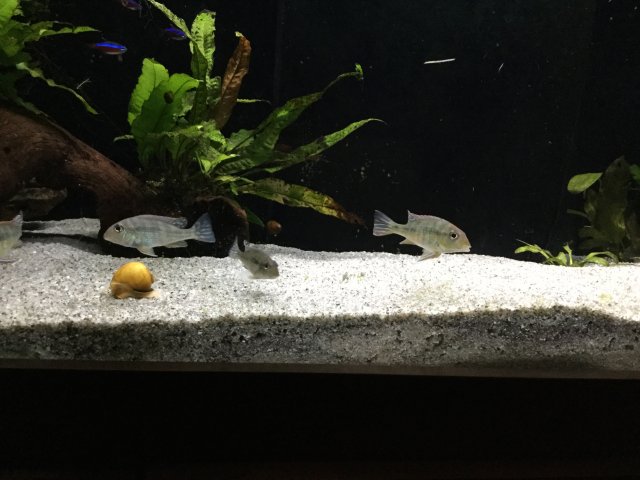First off, the term is anaerobic and second, if your sand is producing gas bubbles, it doesn't have to smell like rotten eggs (hydrogen sulfide) to be toxic.
Natural gas(methane) is toxic to fish and it is odorless. Stirring the substrate is really the only way to keep a deep sand bed from gassing. If you don't like stirring the sand bed occasionally, the other thing to do is reduce the depth of the sand bed/substrate.
Having a deep sand bed has its advantages. One advantage is nitrate removal. The anaerobic bacteria present in a deep sand bed aren't necessarily methane producing bacteria. More often, they are the type that feed on nitrate. If these are the bacteria present in your sand bed, the gas they are producing by reducing nitrate is nitrogen, harmless, odorless and a good sign all is well in the completion of the denitrification process.










